
How to Use HC-12: Examples, Pinouts, and Specs
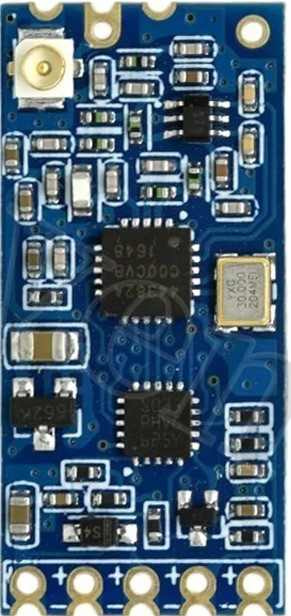
 Design with HC-12 in Cirkit Designer
Design with HC-12 in Cirkit DesignerIntroduction
The HC-12 is a wireless serial communication module designed for long-range data transmission. Operating in the 433 MHz frequency range, it is based on the SI4463 RF chip and manufactured by Arduino. The module supports transparent serial communication, making it easy to integrate into microcontroller projects without requiring complex RF programming. With a range of up to 1,000 meters in open space (depending on the antenna and environment), the HC-12 is ideal for applications such as remote control, sensor data transmission, and wireless monitoring systems.
Explore Projects Built with HC-12
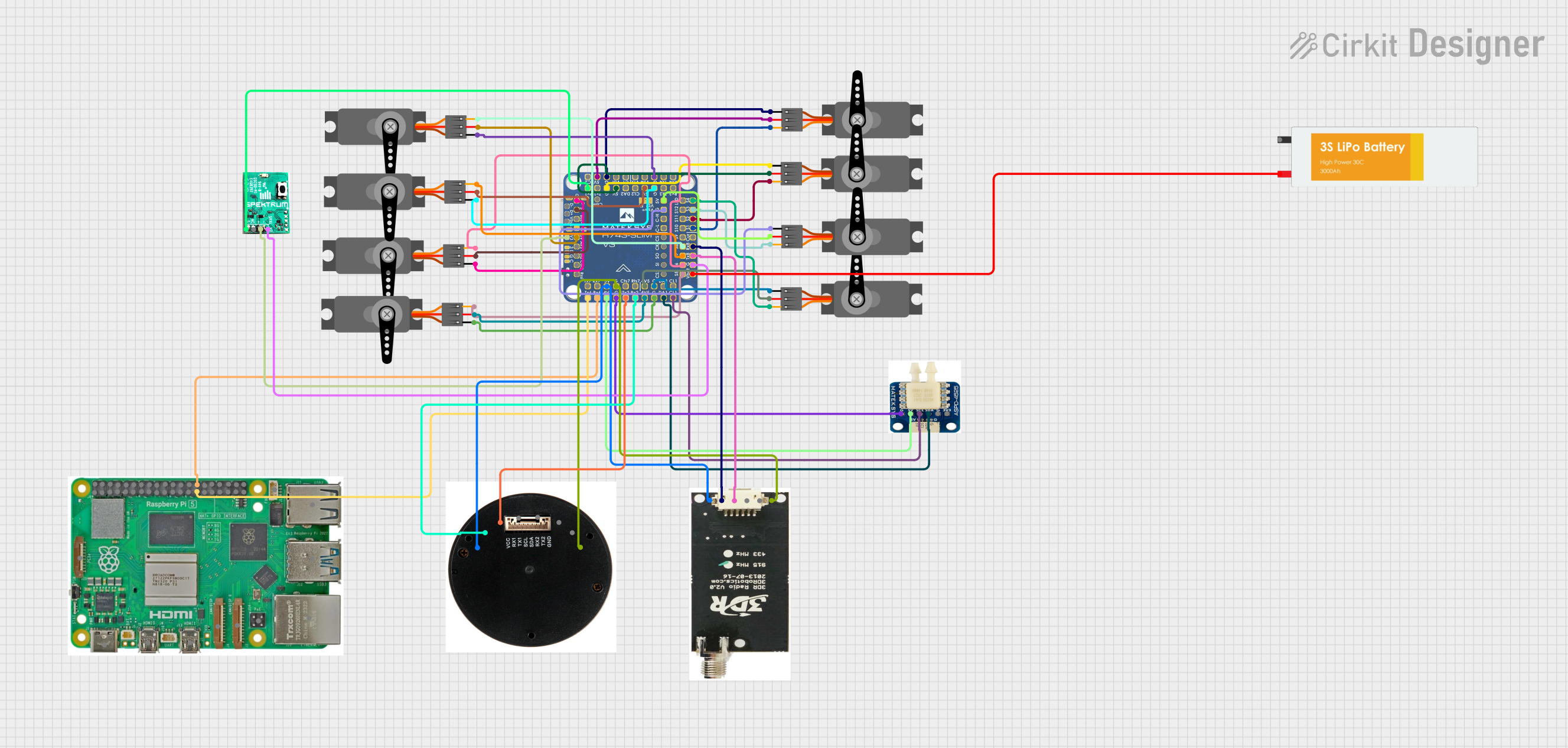
 Open Project in Cirkit Designer
Open Project in Cirkit Designer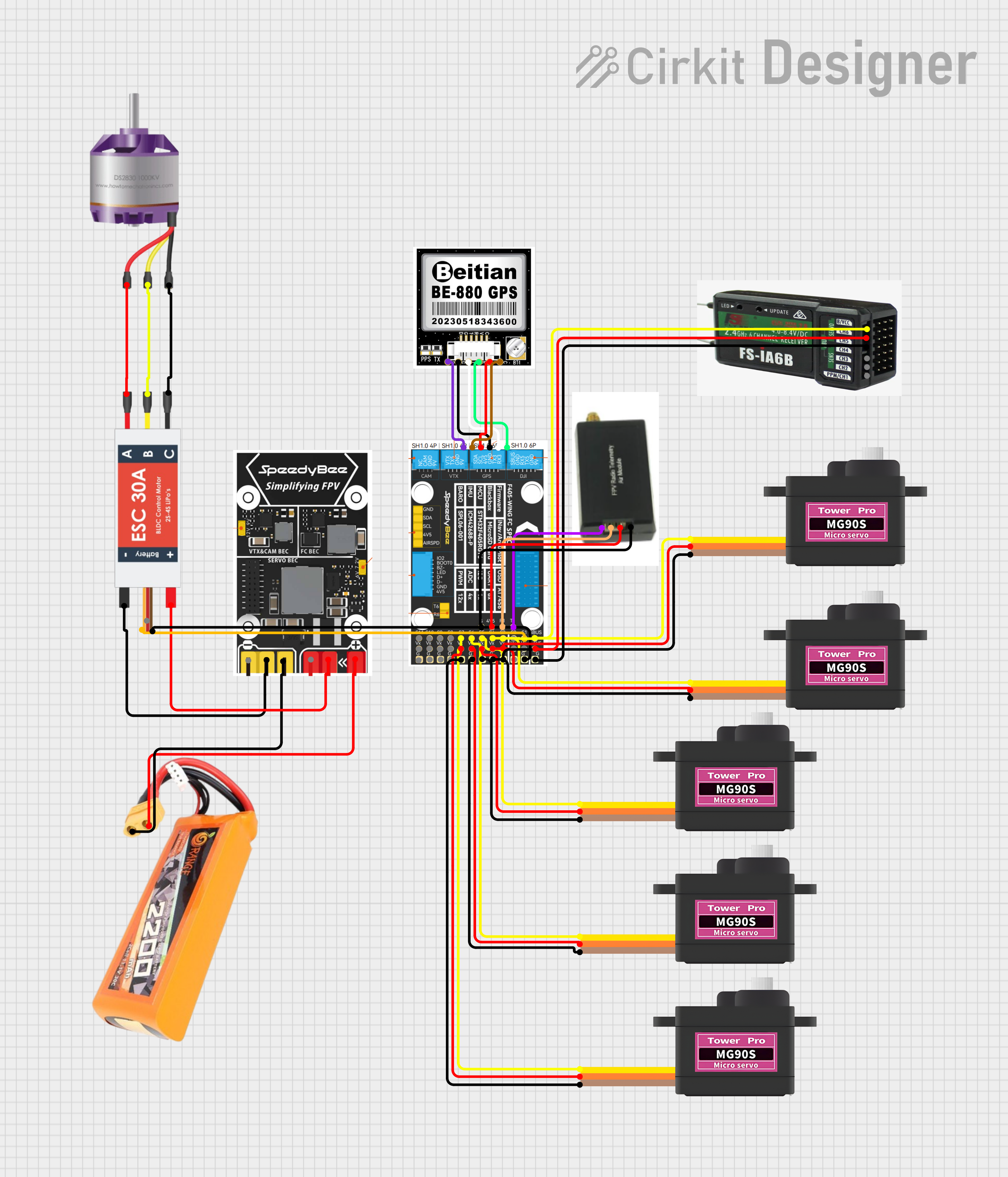
 Open Project in Cirkit Designer
Open Project in Cirkit Designer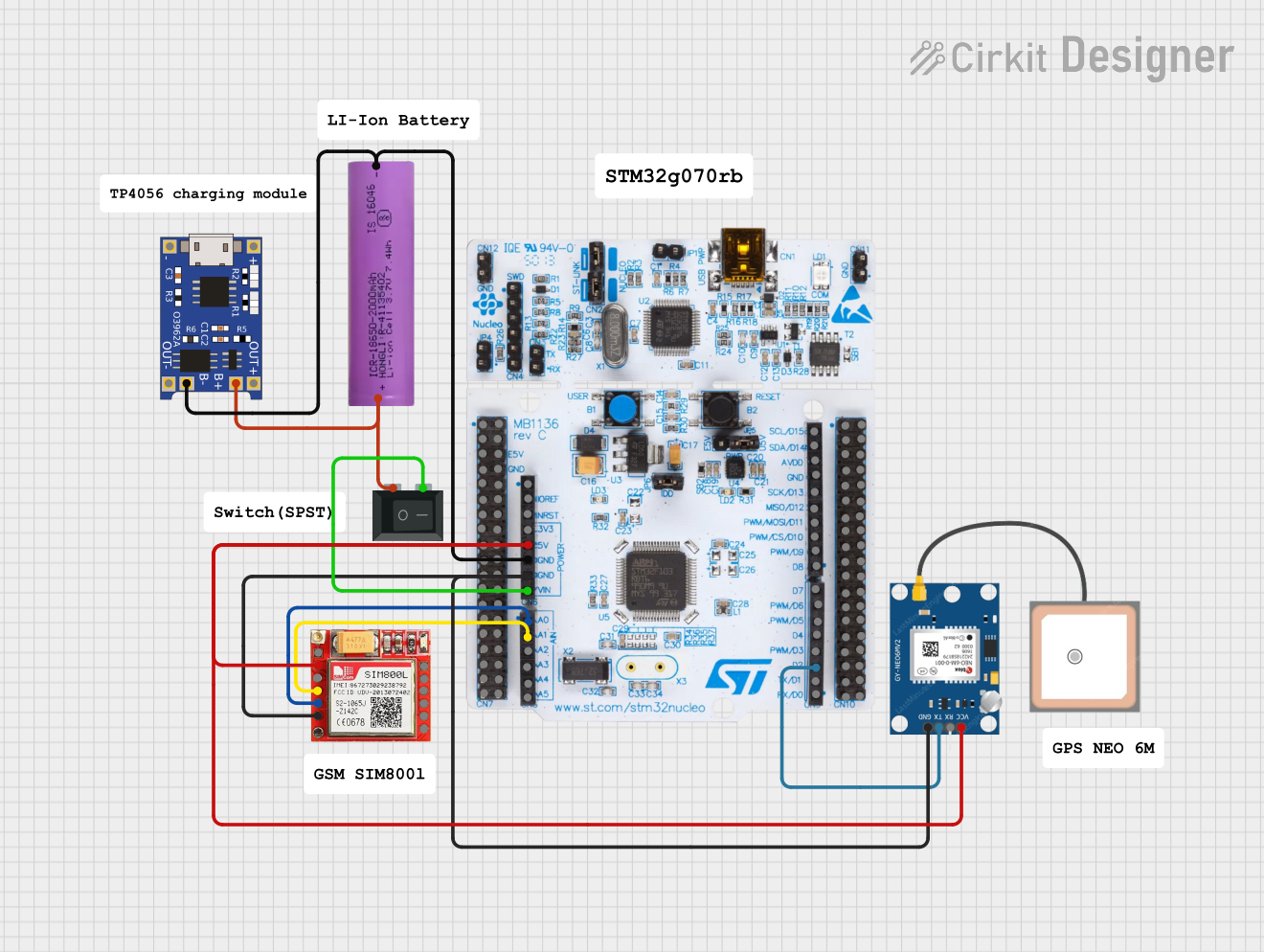
 Open Project in Cirkit Designer
Open Project in Cirkit Designer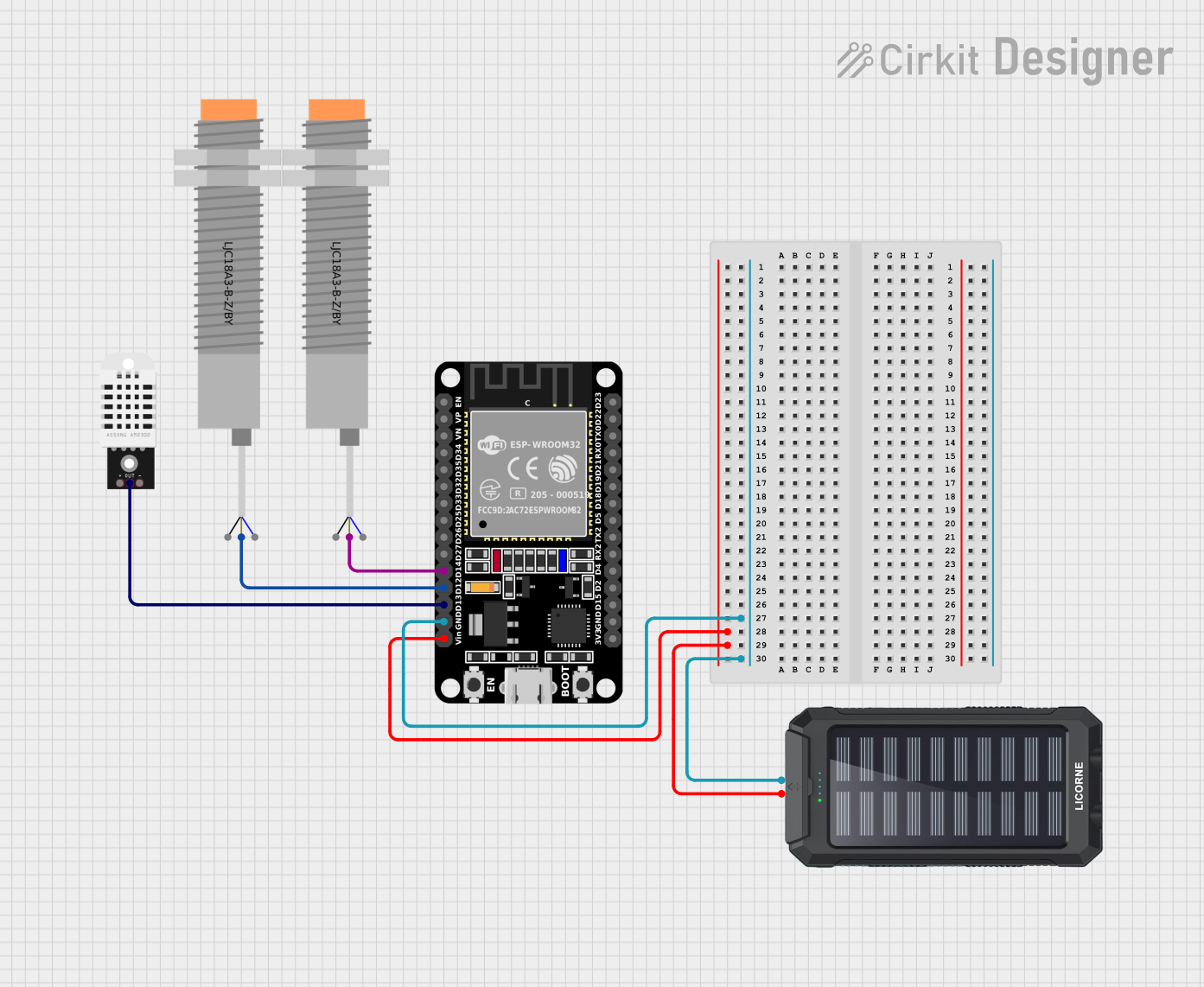
 Open Project in Cirkit Designer
Open Project in Cirkit DesignerExplore Projects Built with HC-12

 Open Project in Cirkit Designer
Open Project in Cirkit Designer
 Open Project in Cirkit Designer
Open Project in Cirkit Designer
 Open Project in Cirkit Designer
Open Project in Cirkit Designer
 Open Project in Cirkit Designer
Open Project in Cirkit DesignerCommon Applications
- Remote control systems
- Wireless sensor networks
- Home automation
- Industrial monitoring and control
- Robotics communication
Technical Specifications
The HC-12 module is designed for ease of use and reliable performance. Below are its key technical specifications:
| Parameter | Value |
|---|---|
| Operating Frequency | 433.4 MHz to 473.0 MHz |
| Modulation Type | GFSK |
| Communication Range | Up to 1,000 meters (open space) |
| Supply Voltage | 3.2V to 5.5V |
| Operating Current | 16 mA (transmitting at 20 dBm) |
| Sleep Current | < 22 µA |
| Baud Rate | 1,200 to 115,200 bps |
| Transmit Power | -1 dBm to 20 dBm (adjustable) |
| Dimensions | 27.8 mm x 14.4 mm x 4 mm |
Pin Configuration and Descriptions
The HC-12 module has a total of 4 pins, as described in the table below:
| Pin | Name | Description |
|---|---|---|
| 1 | VCC | Power supply input (3.2V to 5.5V). Connect to the 5V or 3.3V pin of your microcontroller. |
| 2 | GND | Ground. Connect to the ground of your circuit. |
| 3 | TXD | Transmit data pin. Connect to the RX pin of your microcontroller. |
| 4 | RXD | Receive data pin. Connect to the TX pin of your microcontroller. |
Usage Instructions
The HC-12 module is straightforward to use and can be connected to a microcontroller, such as an Arduino UNO, for wireless communication. Below are the steps to use the HC-12 in a circuit:
Connecting the HC-12 to an Arduino UNO
- Power the Module: Connect the VCC pin of the HC-12 to the 5V pin of the Arduino UNO and the GND pin to the Arduino's GND.
- Connect Data Pins: Connect the TXD pin of the HC-12 to the RX pin of the Arduino UNO and the RXD pin of the HC-12 to the TX pin of the Arduino UNO.
- Antenna: Attach an appropriate 433 MHz antenna to the HC-12 module for optimal range.
Example Code for Arduino UNO
The following example demonstrates how to send and receive data using the HC-12 module:
// Example code for HC-12 communication with Arduino UNO
// This code sends "Hello, HC-12!" and listens for incoming data.
#include <SoftwareSerial.h>
// Define HC-12 RX and TX pins
SoftwareSerial HC12(10, 11); // HC-12 TX pin to Arduino pin 10, RX pin to pin 11
void setup() {
Serial.begin(9600); // Start serial communication with the PC
HC12.begin(9600); // Start serial communication with the HC-12 module
Serial.println("HC-12 Test Initialized");
}
void loop() {
// Send data to HC-12
HC12.println("Hello, HC-12!"); // Send a test message
delay(1000); // Wait for 1 second
// Check if data is received from HC-12
if (HC12.available()) {
String receivedData = HC12.readString(); // Read incoming data
Serial.print("Received: ");
Serial.println(receivedData); // Print received data to Serial Monitor
}
}
Important Considerations
- Baud Rate: Ensure the baud rate of the HC-12 matches the baud rate set in your code. The default baud rate is 9600 bps.
- Antenna: Use a proper 433 MHz antenna to achieve the maximum range.
- Power Supply: Provide a stable power supply to the module to avoid communication issues.
- Environment: The communication range may vary depending on obstacles, interference, and environmental conditions.
Troubleshooting and FAQs
Common Issues and Solutions
No Communication Between Modules
- Cause: Mismatched baud rates.
- Solution: Ensure both modules are set to the same baud rate. Use the
AT+Bxxxxcommand to configure the baud rate.
Short Communication Range
- Cause: Poor antenna or interference.
- Solution: Use a high-quality 433 MHz antenna and minimize obstacles between modules.
Module Not Responding
- Cause: Incorrect wiring or insufficient power supply.
- Solution: Double-check the wiring and ensure the power supply voltage is within the 3.2V to 5.5V range.
Data Corruption
- Cause: Noise or interference in the environment.
- Solution: Use error-checking mechanisms in your code, such as checksums or parity bits.
FAQs
Q1: Can I use the HC-12 with a 3.3V microcontroller?
A1: Yes, the HC-12 supports a supply voltage range of 3.2V to 5.5V, making it compatible with 3.3V microcontrollers.
Q2: How do I change the communication channel of the HC-12?
A2: Use the AT+Cxxx command to set the channel. For example, AT+C001 sets the module to channel 1.
Q3: What is the maximum data rate supported by the HC-12?
A3: The HC-12 supports baud rates up to 115,200 bps.
Q4: Can I use multiple HC-12 modules in the same area?
A4: Yes, you can use multiple modules by assigning them different channels using the AT+Cxxx command.
By following this documentation, you can effectively integrate the HC-12 module into your projects for reliable wireless communication.